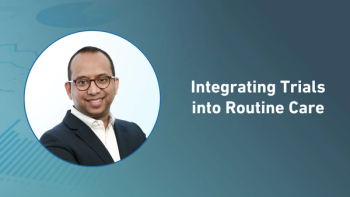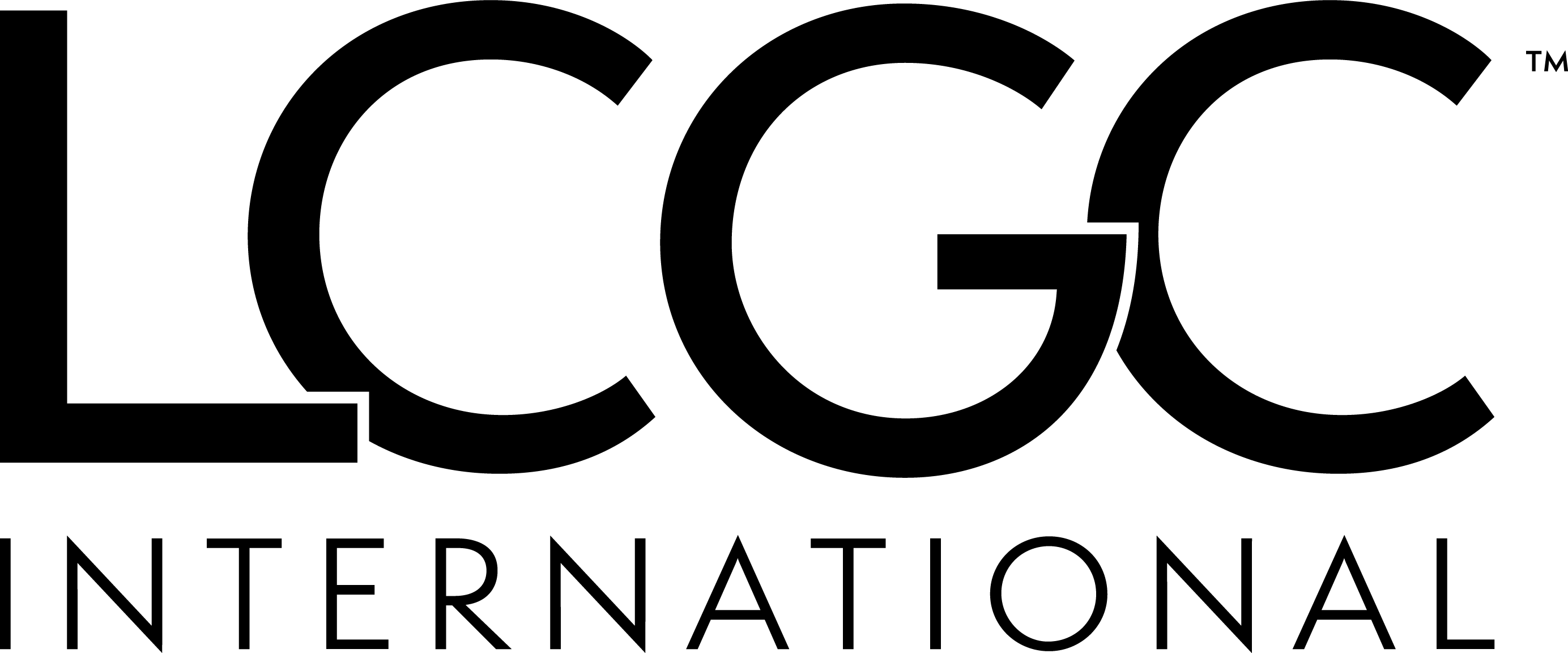
Certara Releases Version 20 of Simcyp
Certara, Inc. announced the release of version 20 of its Simcyp Physiologically-based Pharmacokinetic (PBPK) Simulator platform. Simcyp PBPK Simulator version 20 provides new models for maternal health, virtual bioequivalence to attain biowaivers, and analysis of long-acting injectable drugs.
The Simcyp PBPK Simulator’s in silico models have informed the label claims of more than 75 novel FDA-approved drugs. Simcyp PBPK Simulator version 20 offers models for maternal health, such as assessing drug performance during pregnancy and lactation.
Simcyp PBPK Simulator version 20 offers models for maternal health, such as assessing drug performance during pregnancy and lactation. It also automates the assessment of virtual bioequivalence to attain biowaivers and analyzes drugs delivered via long-acting injectable delivery. Additional upgrades have been made to the Simcyp PBPK Simulator’s animal, liver, absorption, and skin models.
For more information, click
Newsletter
Stay current in clinical research with Applied Clinical Trials, providing expert insights, regulatory updates, and practical strategies for successful clinical trial design and execution.





.png)



.png)



.png)
.png)
